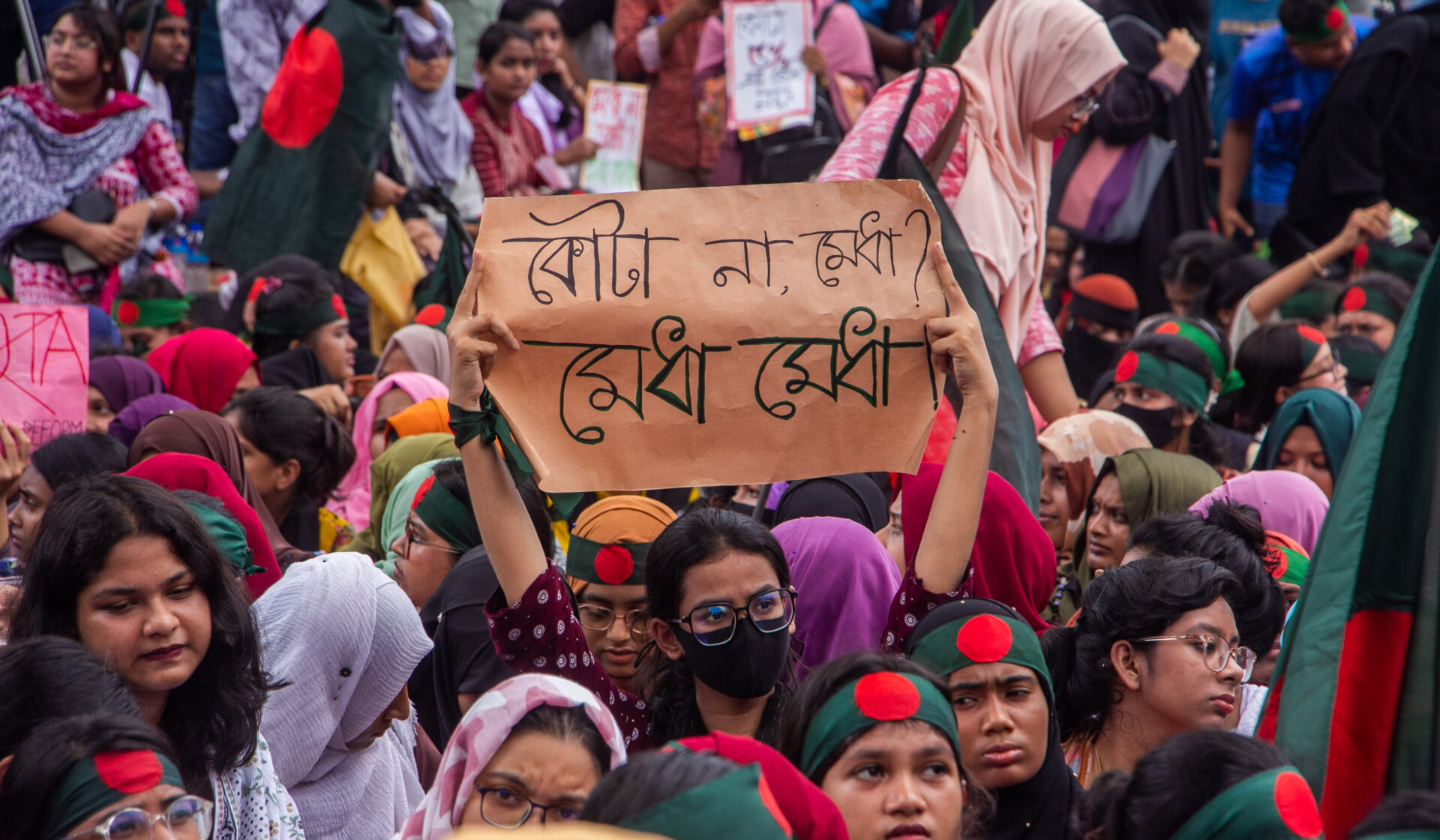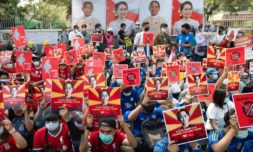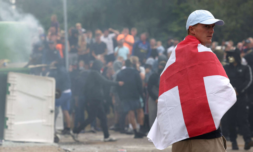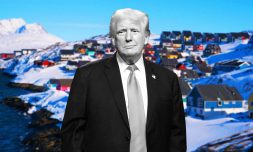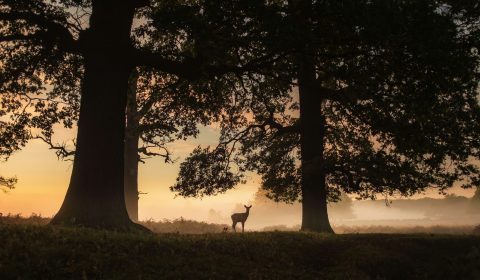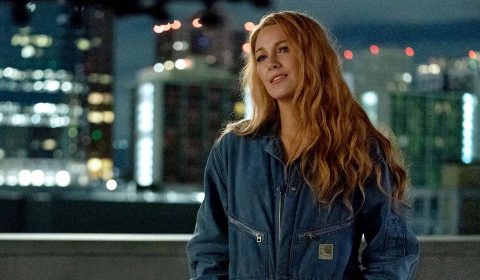Escalating clashes between police and anti-government protestors have resulted in more than two hundred deaths across the country, as initially peaceful student demonstrations transformed into a nationwide campaign of civil disobedience aimed at unseating autocratic Prime Minister Sheikh Hasina.
In 1971, the Bangladesh Liberation War – which saw a guerrilla resistance movement formed by Bengali military, paramilitary, and civilians fighting for the country’s independence from Pakistan – was won.
Almost four decades later and seeking to honour the freedom fighters who were involved in the armed-conflict, autocratic Prime Minister Sheikh Hasina introduced a policy reserving 30 per cent of government positions for their descendants.
Ever since, this quota system has been a major cause of contention for perpetuating a divide between those who can claim freedom fighter lineage and those who can’t.
It has fostered caste-based discrimination within administrative employment and has proved an enormous barrier to entry for the country’s large youth population, many of whom are unemployed.
Although it was scrapped in 2018 after thousands of youth took to the streets to petition for reforms in policies regarding recruitment in civil service positions, it was reinstated by the High Court in 2023.
As a result of this sudden U-turn, fresh protests have broken out in the last few months, sparking bloody cross-country clashes between police and university students as initially peaceful demonstrations transformed into a nationwide campaign of civil disobedience aimed at ending Hasina’s 15-year grip on power.
‘Students have limited opportunities in Bangladesh,’ a Gen Zer on the ground, who wishes to remain anonymous, tells Thred.
‘Only 44 per cent of young people who’ve sat exams for these jobs have been selected due to merit. This is what catalysed the protests, but it got serious when Hasina addressed those protesting as “Rajakaar.”
What they refer to here, is a term loaded with historical baggage – one that means ‘traitor’ and that’s often been applied to anyone who collaborated with Pakistani forces in 1971 by contemporary Bengali politics.
Hasina’s decision to weaponise it in this context only added fuel to the fire, inflaming pre-existing tensions.
Responding to this build-up of anger amongst youth, the government has acted swiftly and brutally, attacking unarmed students with tear gas, sound grenades, and live bullets, with support from the police.
The Rapid Action Battalion, a highly controversial paramilitary group known for extrajudicial killings, torture and enforced disappearances, was also deployed.
This is representative of a pattern of the suppression of dissent and a broader trend of authoritarianism in Bangladesh.
So far, an estimated 266 deaths have been reported, including at least 32 children, making this the most violent crackdown against young people in the country’s recent history.
A video of one of the first people to be killed – a student named Abu Sayeed – has become a symbol of this violence and following its circulation online and the subsequent outrage this sparked, more have joined the fight.









